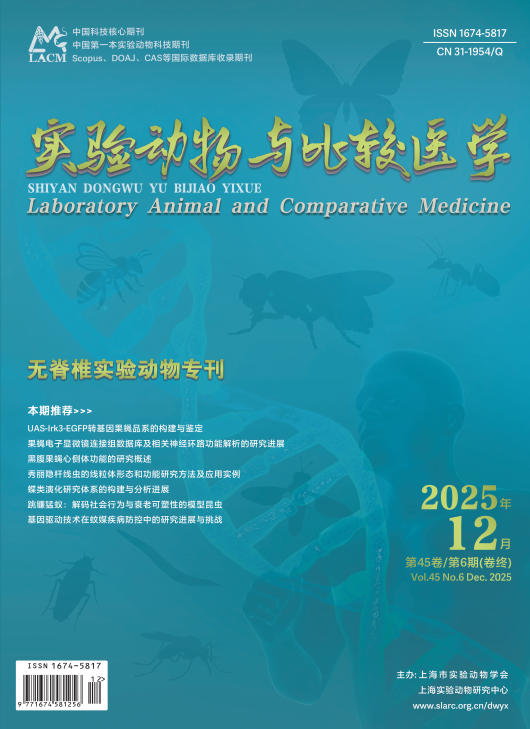Colorectal cancer (CRC) is the third most common malignant tumor in the world. The latest statistics show that CRC accounts for 10% of all cancer cases worldwide and is the second leading cause of cancer deaths. CRC is a highly heterogeneous disease, the development of which is driven by functional abnormalities or epigenetic changes caused by multiple gene expression mutations, and there are different pathways that lead to tumor formation. Complex factors such as genetics, environment, ethics, and individual differences of patients themselves limit the study of CRC in humans, so the disease animal models have become an indispensable tool for the study of CRC, and play an important role in prevention, treatment, preclinical research and basic research. There are various types of CRC animal models, of which mouse models are the most widely used. According to different model establishing methods, the models are divided into spontaneous, chemically induced, transplanted tumor and genetic-engineering mouse models. Different models have different characteristics and application prospects. In this study, we focus on these mouse models of CRC in detail, and introduce the latest research progress of CRC models in rats, experimental pigs and zebrafish, to provide reference for the selection and application of animal models of CRC.

